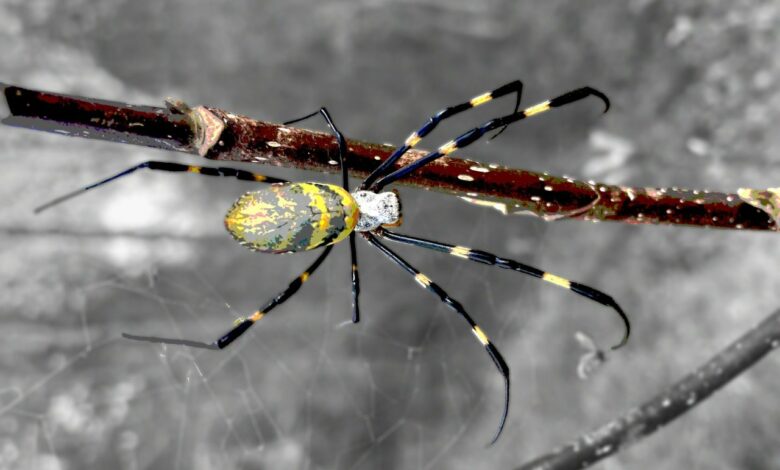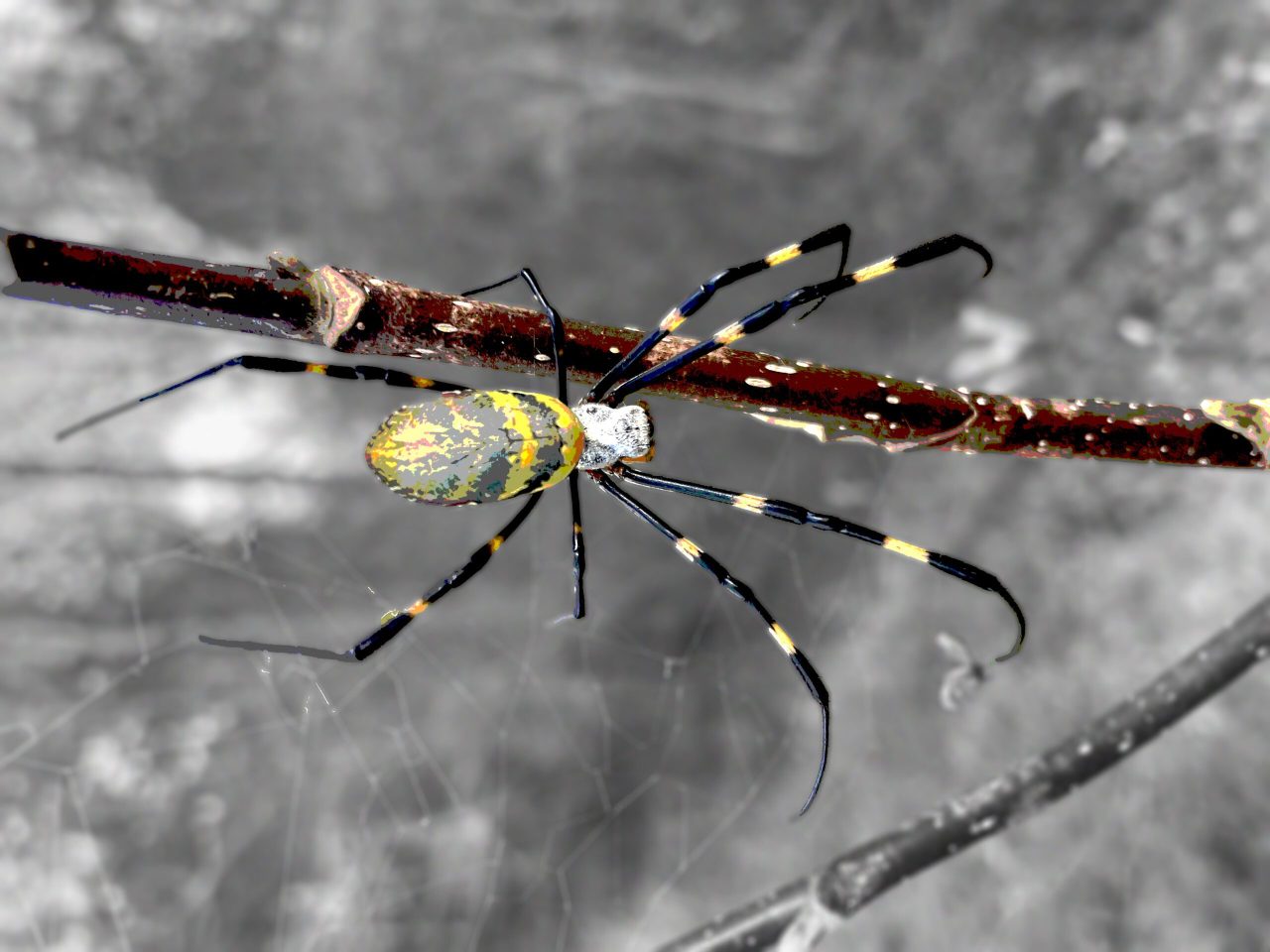Cornell Expert: Viral Joro Spider likely not in New York, not a direct threat to humans


ITHACA, N.Y. (WROC) — After making headlines up and down the East Coast, you’ve probably heard the name Joro Spider. But what is it? It’s an invasive species of spider native to southeast Asia, the spiders were first found in the United States in 2013 in Georgia and have, over the past decade, continued to spread through the southeastern United States.
Data compiled by the group Joro Watch shows that the main area where the spider has been documented so far is primarily in Georgia and South Carolina. Other states like Alabama, North Carolina, Tennessee, West Virginia, Maryland, and even Oklahoma have reported them in lesser frequency.
“It’s not in New York. We don’t have any confirmations in the state of New York at this moment. And, you know, I mean, obviously, it’s not a big spider. I mean, it’s going to take a long time if it’s just doing it by foot, let’s say, you know, for it to get all the way from Maryland to somewhere in New York unless it hitches a ride on something,” said Dr. Alejandro Calixto the Director of the New York State Integrated Pest Management Program at Cornell University.
While there is legitimate concern about the spider’s potential impact on the ecology of the regions it’s been found in so far, according to Dr. Calixto the risk to humans is being blown out of proportion.
“Every single spider, even the tiny little ones that you see sometimes in your house, they have venom. But that venom is proportional to the size of the spider and the prey. So basically the venom is being developed to paralyze insects. There’s only a few species that have a venom that poses a risk to people, not this spider.”
Gentle Giants
Research has been ongoing into the behaviors of these spiders for years at the University of Georgia. In a news release from May 16, 2023, UGA Today, the universities internal news publication, the group reported on a study, authored by Dr. Andrew K. Davis and Amitesh V. Anerao of the Odum School of Ecology at the University of Georgia, entitled “Startle Responses of Jorō Spiders (Trichonephila clavata) to Artificial Disturbance”.
The study aimed to determine if the Joro spider exhibited aggressive tendencies towards humans or other native species. The results showed that while most other spiders, over 450 others were sampled directly or pulled from previous research, began moving again after “freezing” as a result of being “disturbed” by a small puff of air for approximately a minute and a half. The Joro spider on the other hand remained motionless for nearly an hour before resuming normal activity.
The lead researcher, Dr. Davis, was quoted in the 2023 release as saying: “They basically shut down and wait for the disturbance to go away. […] Our paper shows that these spiders are really more afraid of you than the reverse.”
So while the the female Joro spiders can grow as large as the palm of your hand, males generally only grow to ~1/4 of the female’s size, their size does not translate to aggression towards you, or other species at least according to Dr. Davis.
How to report a sighting
The group Joro Watch provided distinct descriptions of the spider, which for males and females each look distinctly different as is the case with most spiders. You can use these guides to determine if what you’re seeing is in fact the spider in question.
For female Joro spiders:
“Adult female bodies are up to 1.25 inches long. Their abdomen is yellow with broad blue-green bands on the back (dorsal) side and yellow and red markings on the ventral (belly) side. The legs are long and black, often with yellow bands. Rarely the legs are all black.” (Joro Watch)
For male Joro spiders:
“Adult males are small, approximately 0.25 inches long and brown. Their abdomen is an enlogate oval with two long, yellow-ish stripes on both sides and a dark brown stripe in the middle. The cephalothorax (fused body part containing the head and thorax) is light brown with two long, dark brown stripes on both sides.” (Joro Watch)
To report a sighting there are two main ways. In New York specifically the best way to report a sighting is to send an email with details on where it was found, and pictures of the specimen to the New York State Integrated Pest Management program at nysipm@cornell.edu. In addition, on a more national scale, you can also submit a report via this form on the Joro Watch website.
Powered by News Channel 9.




